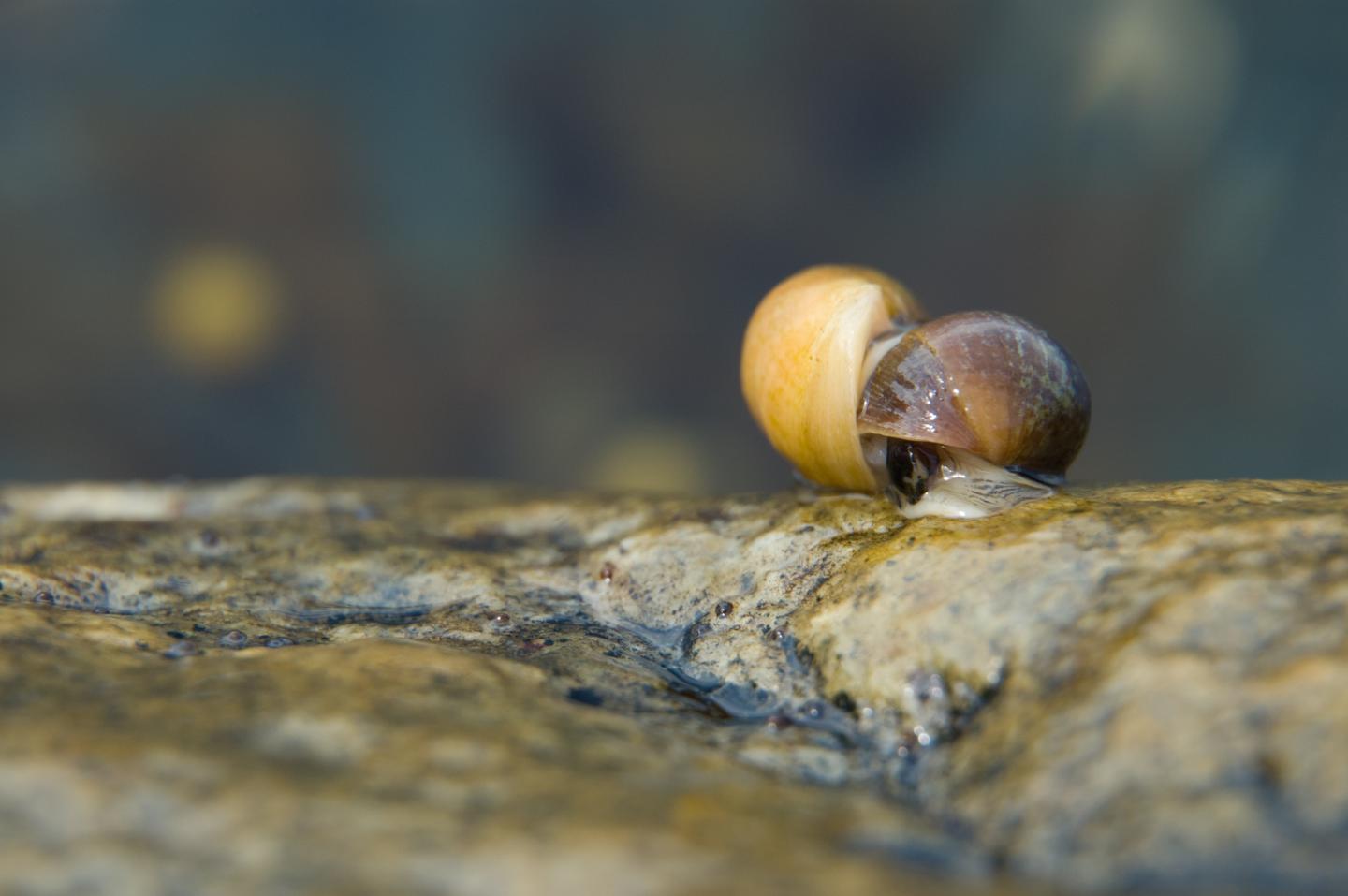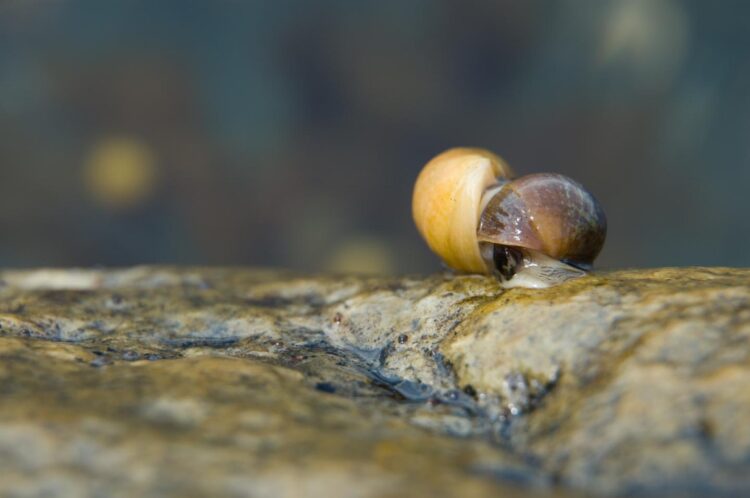
Credit: Patrik Larsson
Speciation is important because it increases biodiversity. A thesis from the University of Gothenburg examines the speciation process in multiple marine species where different populations of the same species might evolve into two completely new species.
When two populations of a species become isolated, their genes no longer intermix and over time, the two populations become increasingly different from each other. What is known as a reproduction barrier has then been formed because the two different populations no longer mate with each other even if they would meet again.
For a long time, researchers proposed that new species could be formed only if two populations were separated by a physical barrier over a very long period of time, for hundreds of thousands of generations or more.
New species can form without physical isolation
Today, there are many examples of species being formed without isolation, such as during ongoing genetic exchange. This exchange should prevent two populations to become different and so, understanding how reproductive barriers can still develop is an intriguing question for speciation researchers.
Samuel Perini, researcher at the Department of Marine Sciences and author of the new thesis, has studied what happens in species with populations that are genetically different and meet at a contact zone, a boundary area between the two populations.
“I have investigated reproductive barriers that exist between two different forms of Littorina saxatilis, an intertidal marine snail, and I have analyzed data on reproductive barriers found in several marine species around the mouth of the Baltic Sea,” says Perini.
Surrounding marine environment plays a role
In a review of reproductive barriers in 23 different species, including cod, herring and plaice, Samuel Perini found large genetic differences between the Baltic Sea populations and the North Sea populations.
“These differences are maintained partly because the populations survive differently in different salinities and partly because their reproduction is separated in time or space, or both.”
For the Littorina saxatilis snail, which is common in the Atlantic along the coasts of both Europe and North America, two different populations or ecotypes have formed under ongoing genetic exchange, according to previous research. One population is known as the “Crab” ecotype and the other population is known as the “Wave” ecotype.
Crab snails live in and are adapted to portions of the rocky shore with large stones and crabs, while Wave snails live on portions of the rocky shore with rock slabs exposed to waves. Crab snails and Wave snails meet at the boundary of these two habitats but genetic and phenotypic differences are still maintained between the two populations. Adaptations to the Crab and Wave habitat is strongly driven by natural selection and survival in the non-native environment is low. Hence, natural selection reduces genetic exchange between Crab and Wave snail populations because it decreases the opportunity for a Crab snail to survive and reproduce in the Wave habitat with a Wave snail of the opposite sex (and vice versa).
Size matters
The size of the intertidal marine snail is important for adaptation to the different environments. Large snails are selected for in environments where there are crabs, and small snails are favoured in environments exposed to waves.
“My studies show that the size of intertidal marine snails is important not only for survival but also for mating. I show in my thesis that mating is more common between snails of similar sizes and that small males have more matings. Both of these factors help to counteract gene exchange between the large Crab snails and the smaller Wave snails when they meet both inside and outside the contact zones.”
###
Contact:
Samuel Perini, Department of Marine Sciences, University of Gothenburg
+46 (0)31-786 20 47, +46 (0)766-18 20 47, [email protected]
The dissertation’s title: Reproductive isolation at contact zones
Link to the thesis: http://hdl.
Media Contact
Samuel Perini
[email protected]
Original Source
https:/





